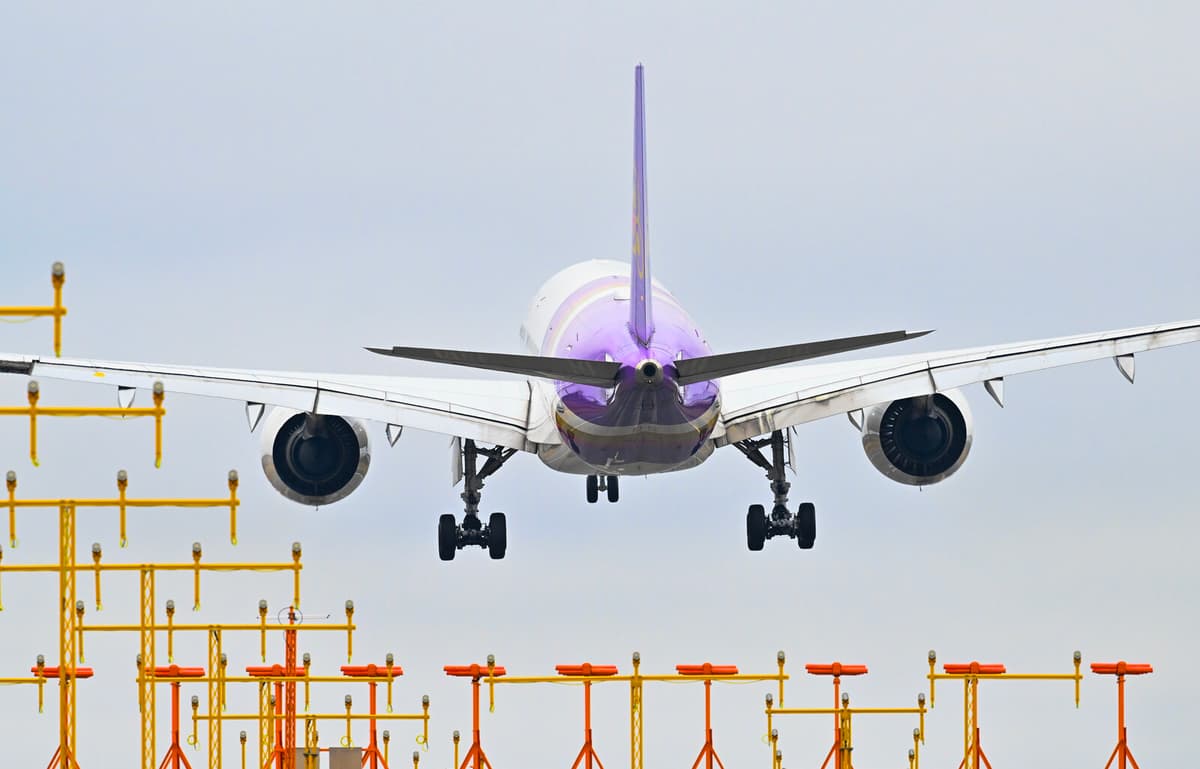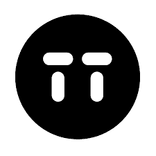On Monday, Statistics Sweden (SCB) will release new inflation figures for June.
The average forecast among economists is that the CPIF inflation, the Swedish Central Bank's main measure, has risen from 2.3 percent in May to 2.5 percent in June, according to the news agency Bloomberg's compilation.
Excluding energy, the annual price increase rate is expected to have risen from 2.5 to 3.0 percent. But it should not be interpreted as if it has turned up again, according to Torbjörn Isaksson, chief analyst at Nordea.
No sign
This upward trend in inflation is not a sign that it is starting to accelerate again. We are still strengthened by the fact that inflation will fall back in the end of the year, he says.
Why then?
It is because the krona has strengthened earlier this year. And we see that companies' price plans have softened and that imports have become cheaper, says Isaksson.
Factors that are considered to have affected the price picture upwards in June are seasonally more expensive foreign travel. It looks like that every year, but the trips weigh heavier in SCB's shopping basket than in previous years, according to Torbjörn Isaksson.
Food prices have also, unlike the Food Price Index's measurement, risen slightly in June, according to Nordea's calculations. At the same time, the price of electricity has fallen significantly.
The wild card
Nordea's economists have recently belonged to the group that has been more cautious about counting on interest rate cuts from the Swedish Central Bank, as they expect households to start consuming more when the private economy strengthens.
But Isaksson still sees an increased likelihood that there will be another interest rate cut, maybe in September.
The exchange rate of the krona can be the wild card.
–The krona has weakened again recently. If it continues, it may have consequences for inflation (more expensive imports). Therefore, the exchange rate is in the balance for whether the Swedish Central Bank leaves the repo rate unchanged or not, says Isaksson.






